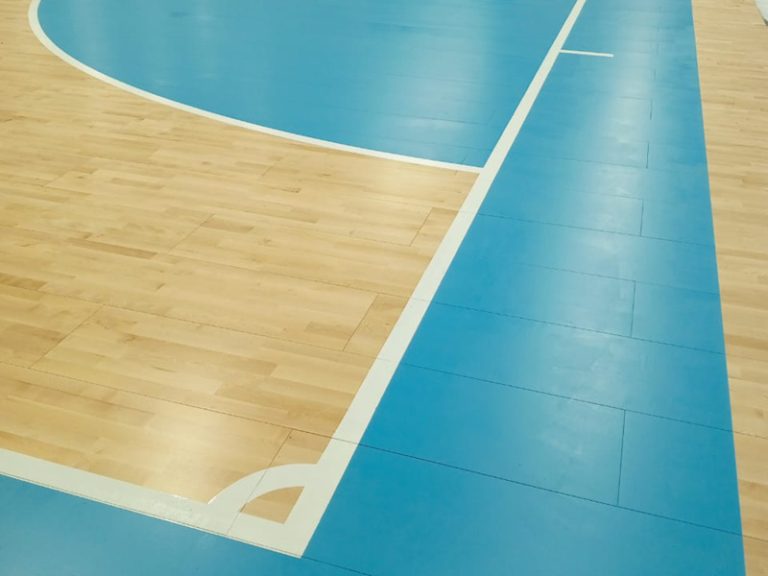Introduction
Basketball isn’t just a sport—it’s a fast-paced, dynamic game that demands precision, agility, and safety. While much attention is paid to hoops, uniforms, and team strategy, one foundational element is often overlooked: sport flooring. Whether it’s a professional arena or a community gym, the quality of basketball sport flooring has a direct impact on athlete performance and injury prevention. In this article, we explore why choosing the right basketball floor matters and how modern flooring solutions are transforming the game from the ground up.
Why Basketball Needs Specialized Sport Flooring
Basketball involves rapid movements, frequent jumps, sudden stops, and explosive changes in direction. A standard floor surface simply doesn’t cut it. High-quality sport flooring for basketball must provide:
Shock absorption to reduce joint strain
Proper traction for quick footwork
Ball bounce consistency for accurate play
Durability to handle heavy traffic
Without these features, player performance suffers—and injuries become more likely.
Types of Sport Flooring for Basketball Courts
Let’s look at the most popular flooring options:
1. Maple Hardwood Flooring
The gold standard for indoor basketball courts, maple wood offers a smooth finish and consistent ball bounce. It’s the preferred surface for the NBA and NCAA thanks to its:
Resilience under pressure
Excellent grip
Long-lasting aesthetic appeal
2. Engineered Wood Systems
These are multi-layered wood surfaces that combine natural aesthetics with added durability and moisture resistance—great for schools and indoor training centers.
3. Synthetic Flooring (PU or Vinyl)
Affordable and low maintenance, synthetic flooring is popular in multi-purpose venues. While it doesn’t offer the same bounce as hardwood, it still provides adequate shock absorption and durability.
Key Factors When Choosing Basketball Flooring
Choosing the right sport flooring requires more than just picking a material. Consider the following:
Budget: Hardwood is premium, while vinyl is budget-friendly
Usage Frequency: High-traffic venues need more robust solutions
Maintenance Capacity: Some materials require regular upkeep
Sport-Specific Needs: Is the space used for basketball only or multiple sports?
Benefits of High-Quality Basketball Sport Flooring
Improved Player Performance
Responsive surfaces help athletes move more confidently and precisely.Reduced Injury Risk
Shock-absorbent flooring minimizes impact on joints and muscles.Long-Term Savings
Though high-end floors cost more upfront, they reduce repair and replacement costs over time.Enhanced Aesthetics
A well-finished floor can elevate the professional feel of any court.
Maintenance Tips for Basketball Sport Floors
To keep the surface performing well:
Clean regularly with a dry mop or vacuum
Use manufacturer-approved cleaning agents
Avoid moisture accumulation (especially for wood)
Refinish hardwood floors every few years if needed
Trends in Basketball Sport Flooring
Modular Court Tiles: Quick to install and great for temporary setups
Eco-Friendly Materials: Recycled content and low-VOC adhesives
Custom Markings & Branding: Courts now double as marketing space
Conclusion
Sport flooring in basketball is far more than just the ground you walk—or run—on. It’s the silent partner in every game, supporting athletes with every dribble, jump, and slam dunk. Investing in the right flooring system not only boosts performance but also safeguards the future of your court. Whether you’re outfitting a local gym or building a world-class arena, quality sport flooring is the smart foundation of basketball excellence.


